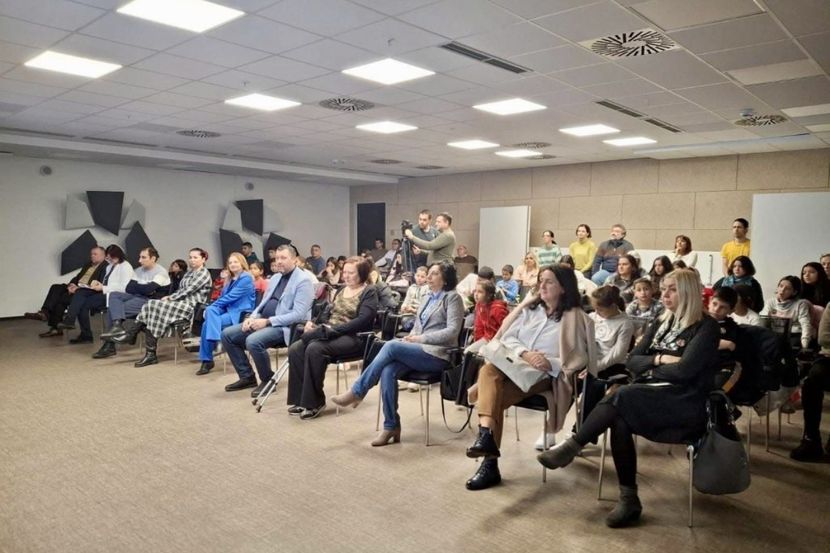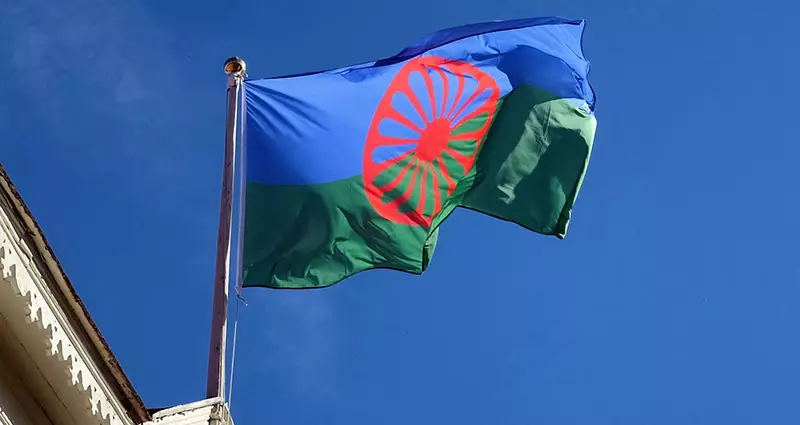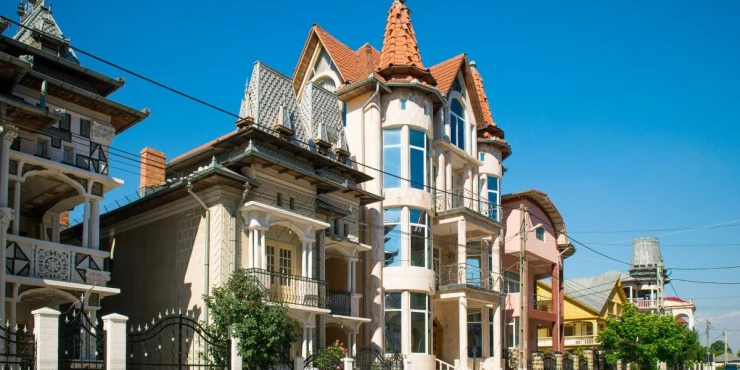The Centre for Research and Preservation of Roma Culture from Novi Romanes Romani language. The project was funded by the Provincial Secretariat for Education and the RTV Roma Program Editorial Office, while the author and director is Dr. Marija Aleksandrovic.
- Predstavljena prva dečija radio-drama na romskom jeziku: Mališani iz Novog Sada uživali u magiji zvuka. In: Telegraf. 04.02.2025. https://www.telegraf.rs/vesti/srbija/4048752-predstavljena-prva-decija-radio-drama-na-romskom-jeziku-malisani-iz-novog-sada-uzivali-u-magiji-zvuka





